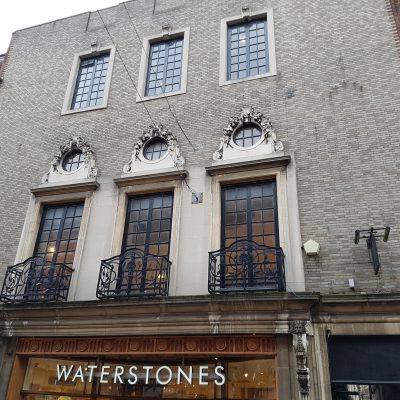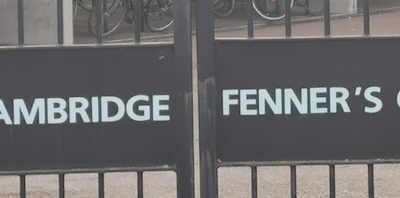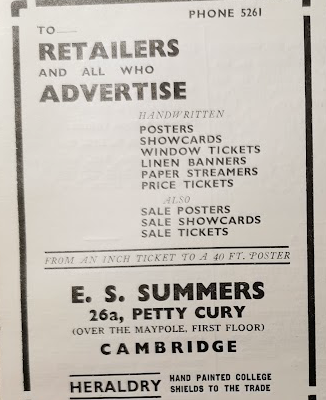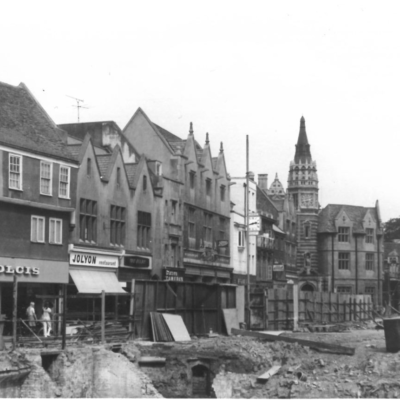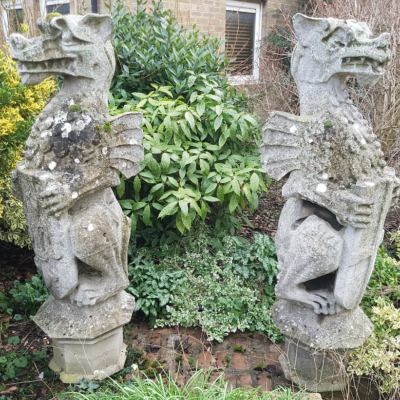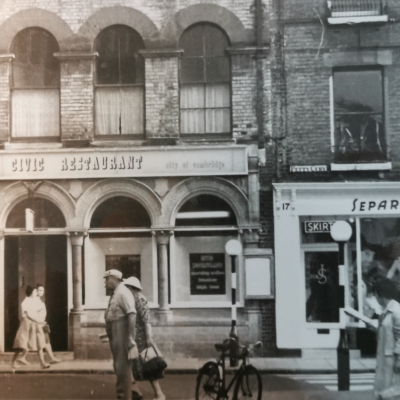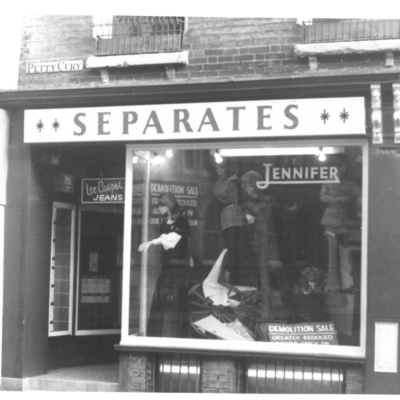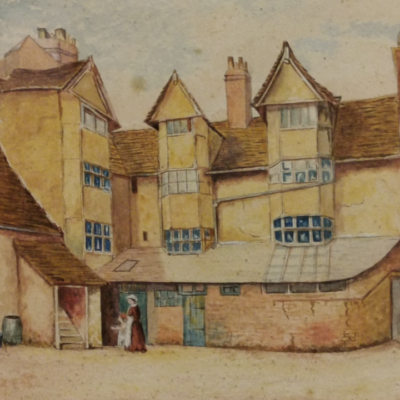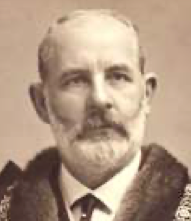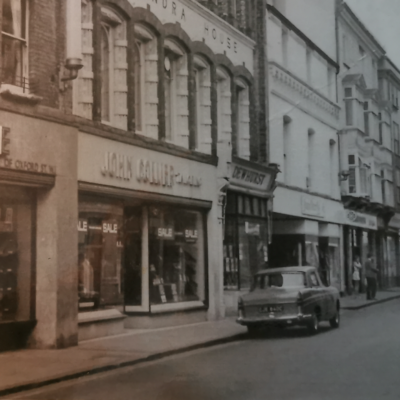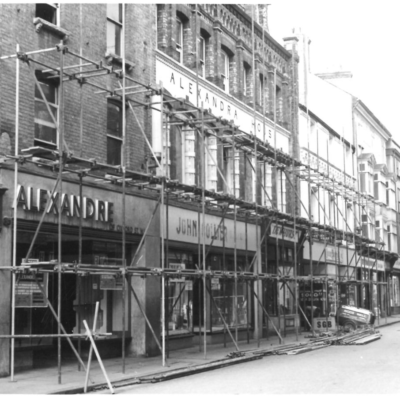Search by topic
- archaeology
- architecture
- bricklayer
- Building of Local Interest
- carpenter
- church
- crime
- dressmaker
- fire
- Great Eastern Railway
- listed building
- medieval
- oral history
- Public House
- Rattee & Kett
- Religious House
- Roman
- scholar
- school
- Then and Now
- tudor
- women
- work
- world war one
- world war two
Search by text
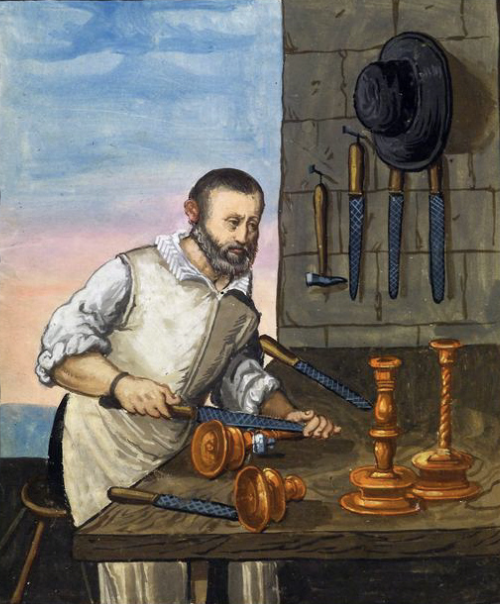 A Brazier
A Brazier11, Alexandra House, Petty Cury
11 Petty Cury
1841
Stephen Pryor, 60, brazier [worker in brass]
Matilda, 55
Charles, 20
Emma, 20
Elizabeth Webb, 18, servant
[It seems likely that the Charles Pryor, son of Stephen Pryor, who played cricket in 1844 according to ‘Fenner’s Men Cambridgeshire Cricket 1822-48’ by Willie Sugg, is the same as the Charles Pryor at this address.]
1851
Stephen Pryor, 70, widower, brazier employing 2 men,
Charles, 36, brazier
Margaret, son’s wife, 28, publican’s daughter, b Cambridge
Eleanor, granddaughter, 8, b Cambridge
Frederick, grandson, 6, b Cambridge
Louisa, granddaughter, 4 mos, b Cambridge
Charles Bowtell, grandson, 13, tinman [?], b Cambridge
Matilda Bowtell, granddaughter, 11, servant, b Cambridge
William Brewer, apprentice, 20, brazier, b Saffron Walden
Mary Anne Rayner, servant, 23, b Croydon
1861
Charles Pryor, 45, brazier employing 3 men and 3 boys, b Cambridge
Margaret, 39, b Cambridge
Eleanor E, 18, b Cambridge
Frederick C, 16, b Cambridge
Louise M, 11, b Cambridge
Clara M, 7, b Cambridge
Edwin, 4, b Cambridge
Abigail A, 2, b Cambridge
Maryan Tweed, visitor, 42, clerk’s wife, b Cambridge
Emily M Tweed, daughter, 17, b London
Phoebe Purkis, 21, servant, b Cambs
1871 see 14 Petty Cury
1881 see 14 Petty Cury
1891 uninhabited
1901 uninhabited
1913
Eastmans Ltd butchers
1962
Dewhurst butchers
Contribute
Do you have any information about the people or places in this article? If so, then please let us know using the Contact page or by emailing capturingcambridge@
License
This work is licensed under CC BY-NC-SA 4.0








